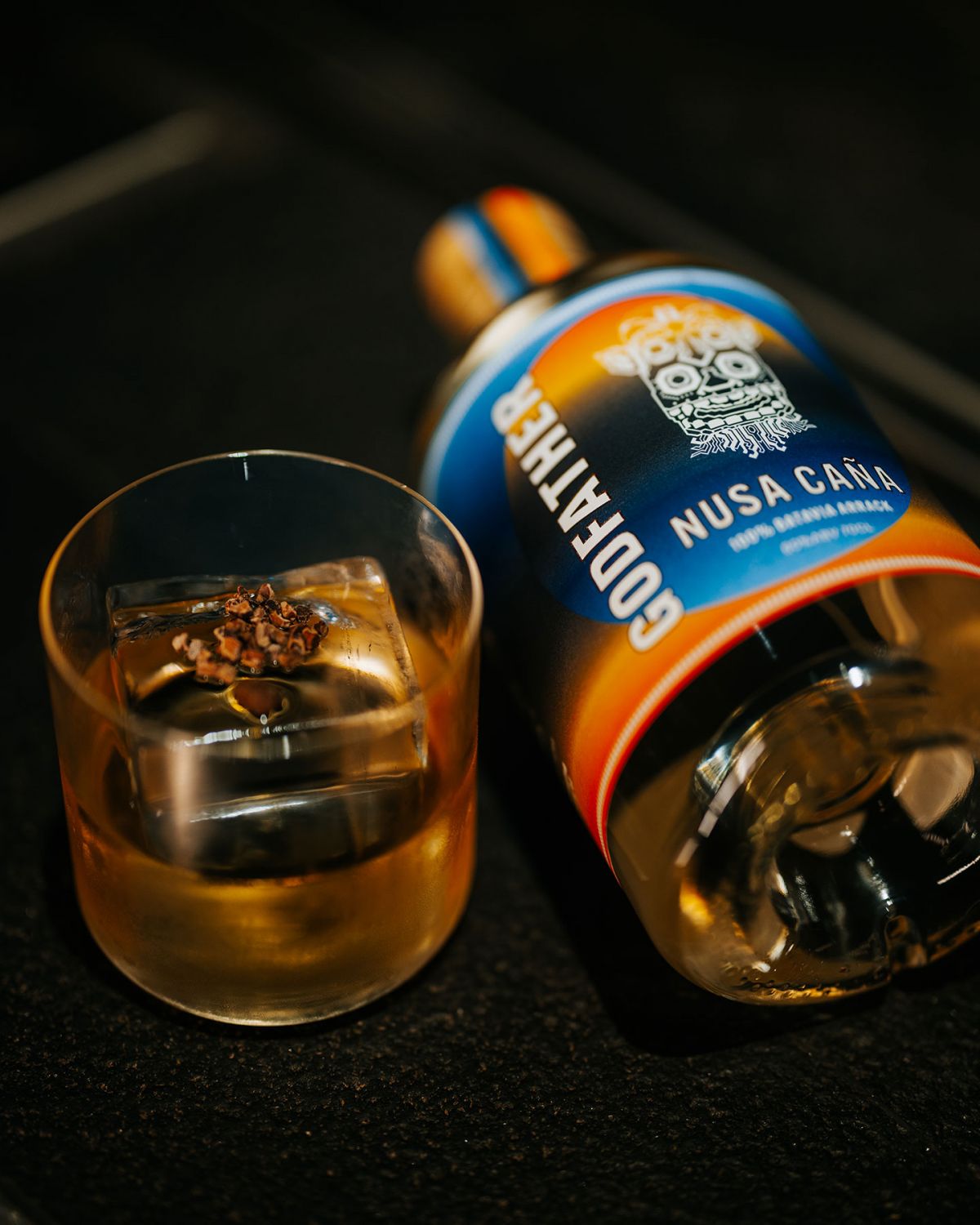Step aside, soju and sake: Asia has so much more to offer in terms of native alcoholic beverages. We explore some of the most beguiling examples and the young brands looking to remake their image for a modern breed of drinker
Asia is nothing if not diverse, a fact that is readily reflected in the panoply of alcoholic beverages both fermented and distilled that have arisen as a result of the variety of terrains, climates, cultures and culinary customs of its many regions.
Indeed, the impact of Asia on the development of modern alcohol as we know it today can hardly be underestimated: it was in British India that the gin and tonic was invented, as both an antidote to the oppressive tropical climate as well as the constant threat of malaria (thanks to the presence of quinine in tonic water), which quickly spread to other Crown possessions across the world. Meanwhile, Batavia arrack, a distilled spirit originating from the Indonesian island of Java, is often cited as an influential forerunner to rum.
Among the hundreds of native alcohol varieties that can be found across the Asian continent, a handful have reached international acclaim: soju can dependably be found at Korean barbecue restaurants around the globe; Chinese baijiu, renowned for its fiery composition, ranks as the most consumed spirit in the world; and sake has inspired a massive following rivalling that of wine.
Yet for every mention of these household names, there are dozens of Asian spirits that never fill cups outside the immediate vicinities of the towns and villages in which they are brewed. But that is changing rapidly: as a new wave of brewers and distillers across Asia unpack the rich drinking customs unique to their cultures, they are also refining the cottage industry of indigenous spirits into a number of sophisticated elixirs, with the hope of introducing the flavours of their cultural inheritance to a new breed of drinker.
Here, we introduce four overlooked native spirits of Asia, as well as the brands reinventing them and, in turn, giving these age-old liquors a new lease of life.
Don't miss: The Past, Present and Future of Cantonese Liquor
Batavia arrack, Indonesia

It might be one of the oldest distilled spirits in the world, but you’d be forgiven for never having heard of Batavia arrack. Its name carries an important clue as to its origins: Batavia was the colonial name for modern-day Jakarta when it functioned as the capital of the Dutch East Indies. Made using malted red Javanese rice, which is fermented with sugarcane molasses then distilled in a pot still, Batavia arrack is funky and described as imparting notes of vegetal leather, fermented apricot and fuel-soaked cloves.
Despite its obscurity, the proto-rum has had an outsized influence on western cocktail development, as it was shipped by the Dutch East India Company to Europe and the US, where it was frequently added to punch recipes owing to the funk and spice that the spirit added to the mix. It was widely consumed throughout the 18th and 19th centuries, though by the late 1800s, the rising popularity of rum, combined with new import taxes, would edge Batavia arrack into the territory of historical artefact.
Today, however, Batavia arrack looks set to make a limited comeback, thanks to the penchant of modern bartenders for unearthing esoteric spirits from the past. Just this summer, Indonesian rum distiller Nusa Caña unveiled its own run of Batavia arrack, named Godfather in recognition of its relationship to modern rum. Netherlands-based craft distiller By The Dutch also produces bottles in white and aged varieties, the latter matured in teak and oak barrels for eight years. Will Batavia arrack reach the heights it once enjoyed during the colonial era? Probably not, but don’t be too surprised if it shows up at a cocktail bar near you.
Read more: The Best Asian Rums To Drink Right Now






